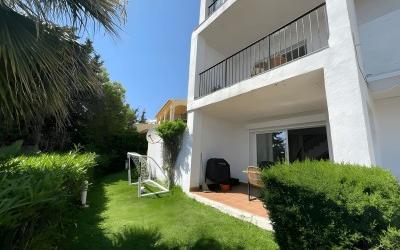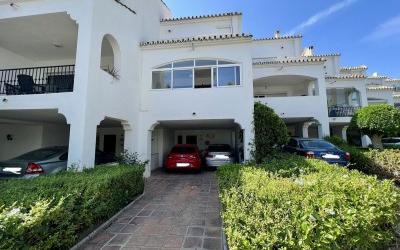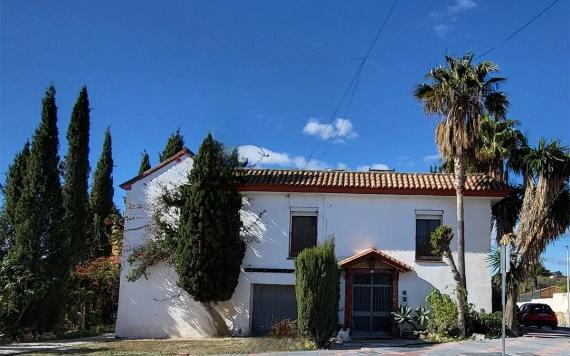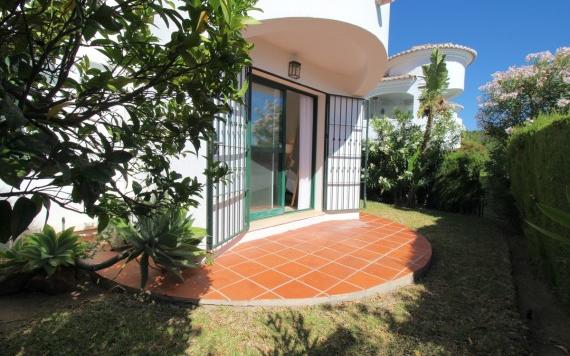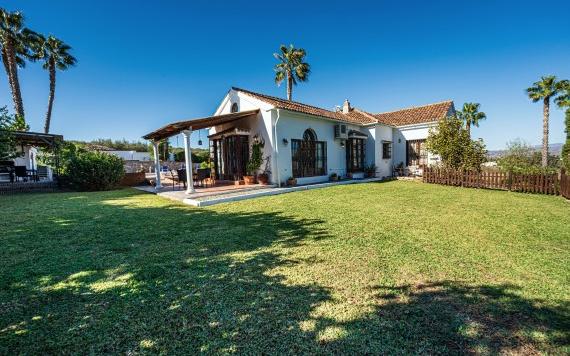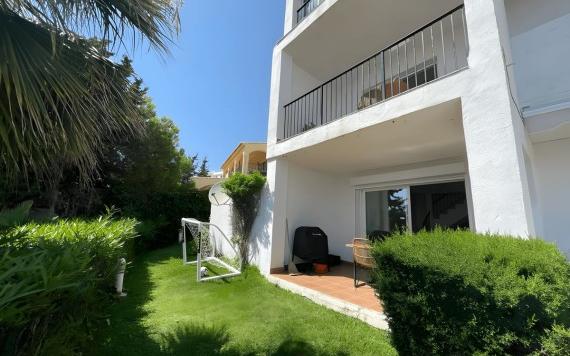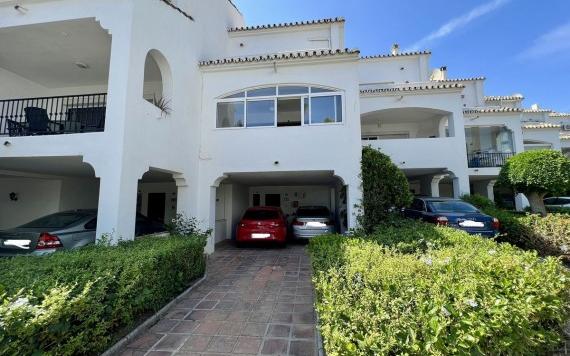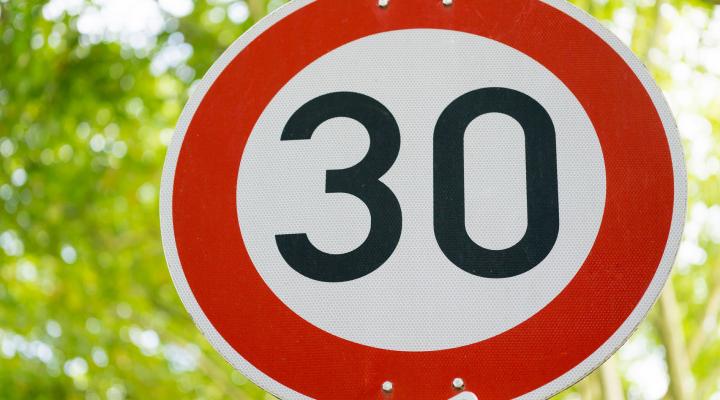
Though Spain has an excellent public transport system, when living in Spain most people find that the easiest way to get around is to drive. In fact, securing a Spanish driving license is one of our top tips for living in Spain! But if you’re already driving in the country, or thinking of driving in the country, then you need to know that from May 11th 2021, Spain’s new speed limits for urban roads will come into effect across the whole country. These new limits were approved in November, and it’s important to understand them now so that you don’t get into trouble with the traffic police when they come into effect. Here’s everything you need to know:
Understanding the New Spanish Speed Limits
These are big changes! The law will see roads in Spain with one lane of traffic moving in each direction go from having a general speed limit of 50km/hour to a maximum speed limit of of 30km/h. Single Lane roads with one-way traffic where the pavement is raised above the road will also have the 30km/h speed limit introduced. If there is no raised pavement on a one-way lane then the speed limit will drop further, to 20km/h. These new rules apply to almost all urban roads; roads within cities, towns and villages across the country.
If you’re driving on a dual carriageway (this is a road with two or more lanes in each direction) the speed limit will continue to be 50km/h (except for vehicles carrying dangerous goods, for which the limit is 40km/h). And if you need to overtake? You can no longer go up to 20km/h over the speed limit to do so; the speed limits now also apply to overtaking vehicles.
However, the new rules are not universal: Spain’s Interior Minister Fernando Grande Marlaska stated in November that these new speed limits won’t apply to main roads in Spain’s big cities.
What Penalties Are in Place for Non-Compliance?
If you don’t comply to these new speed limits then you will be subject to either fines or the loss of up to six points on your driver's license, depending on how far over the speed limit you were driving. Traffic authorities will consider this to be a serious or very serious offence, and fines will range from €100 to €600, broken down into the following example categories:
- Driving between 31 and 50 km/h on a two-lane road where the maximum speed is 30km/h, - €100.
- Driving between 50 and 60km/h on the same road - €300 and the loss of two points from the driver’s licence.
- Driving between 61 and 70 km/h on the same road - €400 and four points.
- Driving between 71 and 80 km /h will lead to a €500 fine and the loss of six points.
Why Are These Penalties Coming into Place?
The obvious reason for these new speed limits and penalties to be introduced are for safety purposes. According to research released by the Spanish authorities, dropping the speed limit from 50km/ down to 30km/ reduces the chances of dying after being run over from 90 percent down to 10 percent
These new speed limits may not come as much of a surprise to you, given that many provincial capitals across Spain have already rolled out their own legislation limiting the speed on urban roads to 30km/h rather than 50km/h because the wait for this amendment to be added to the Traffic Code by the national government has been exceptionally long. This was touched upon by DGT head Pere Navarro, who said “The real news is why have we taken so long to do this,” when talking to journalists recently, stressing that the goal is to reduce road deaths and serious injuries caused by traffic accidents by 50 percent with the new limits. Now is the right time to prepare yourself for these new limits, and start reducing your speed when you drive.
Are you thinking of moving to Spain? Whether you’re hoping to make a permanent relocation or just planning to find a holiday home in the sun, our locally-based property experts are perfectly placed to help. Why not get in touch today so that we can help turn your dream of Spanish property ownership into a reality?

 English
English Español
Español Deutsch
Deutsch Français
Français Svenska
Svenska Nederlands
Nederlands Italiano
Italiano Norsk
Norsk Русский
Русский












